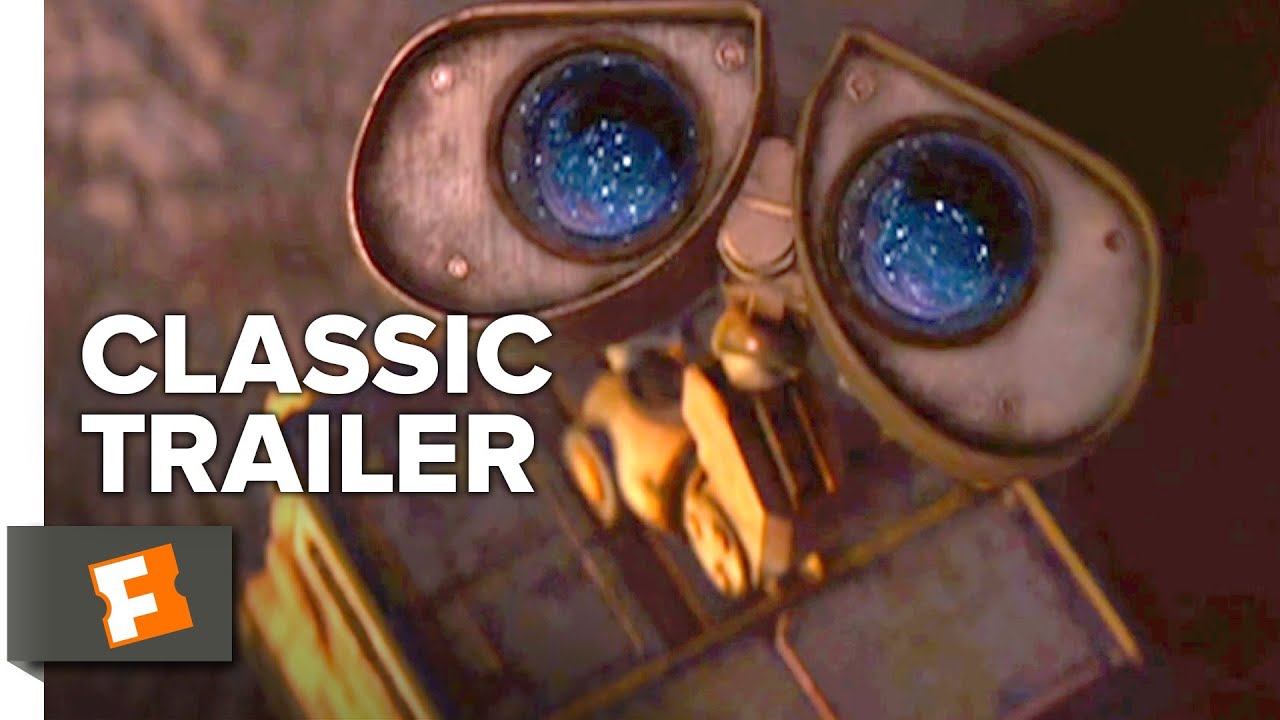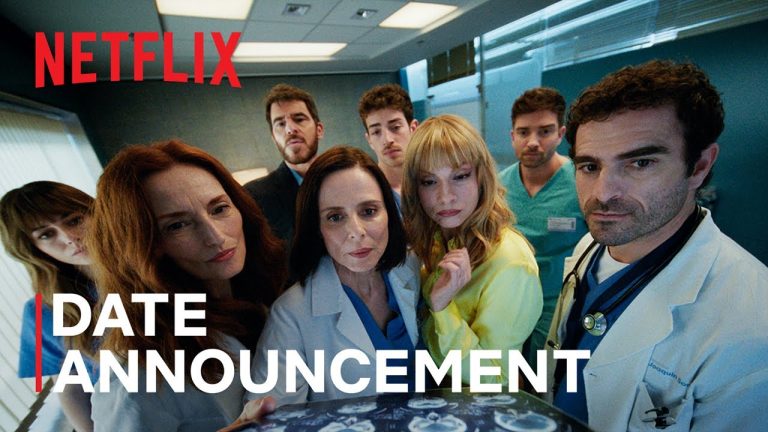WALL-E Turns 16: Pixar’s Vision of the Future Feels More Real Than Ever

Released in 2008, Pixar’s “WALL-E” remains a hauntingly accurate portrait of humanity’s possible future , and a stunning piece of cinematic art that only grows more relevant with time.
Sixteen years ago today, WALL-E landed in theaters with an ambitious gamble: a nearly wordless animated film about a lonely robot on a trash-covered Earth. Directed by Andrew Stanton and produced by Pixar Animation Studios, the film has since become not only a beloved classic but a chillingly prophetic vision of environmental collapse, consumerism, and technological dependence.
Upon release on June 27, 2008, WALL-E was a commercial hit, grossing over $223.8 million in the U.S. and Canada and more than $521 million worldwide. The critical reception was equally glowing: the film won the Oscar for Best Animated Feature and was nominated for five others, including Best Original Screenplay. It holds a 95% critic score on Rotten Tomatoes and a Metacritic rating of 95.
What keeps WALL-E in public conversation, however, is its stunning relevance. Its dystopian narrative, a polluted Earth abandoned by humans who now live aboard the corporate-run Axiom starliner, echoes concerns that have only grown louder in the past decade. From climate change to the rise of automation and AI-driven lifestyles, the film’s cautionary tale has aged with uncanny precision.
Journalists and fans alike have noted the film’s impact during past anniversaries, particularly the 10th and 15th. The movie’s portrayal of sedentary humans addicted to screens and fed by machines feels more like satire turned reality, sparking renewed discussion around its environmental and technological warnings. Buy N Large, the fictional mega-corporation in the film, has become shorthand for the unchecked power of modern conglomerates.
Technically, WALL-E was groundbreaking. Sound designer Ben Burtt (also the voice of WALL-E and M-O) brought incredible emotion to a largely silent protagonist. The film’s fusion of classic silent cinema aesthetics with cutting-edge CGI and Thomas Newman’s Oscar-nominated score resulted in a cinematic experience that was both nostalgic and forward-thinking.
Still, WALL-E’s legacy isn’t only in its themes or artistry, it’s in the emotional core of its characters. WALL-E’s curiosity, innocence, and devotion to EVE gave audiences a tender, machine-driven love story with very human depth. The film’s quiet power rests in the way it makes viewers feel deeply through beeps, blips, and wistful gazes.
Even today, Pixar fans mark WALL-E’s anniversary with heartfelt retrospectives, fan art, and merchandise. Disney itself released collectible items for its 15th anniversary, underscoring how the character remains one of Pixar’s most beloved creations, a trash compactor with a soul.






